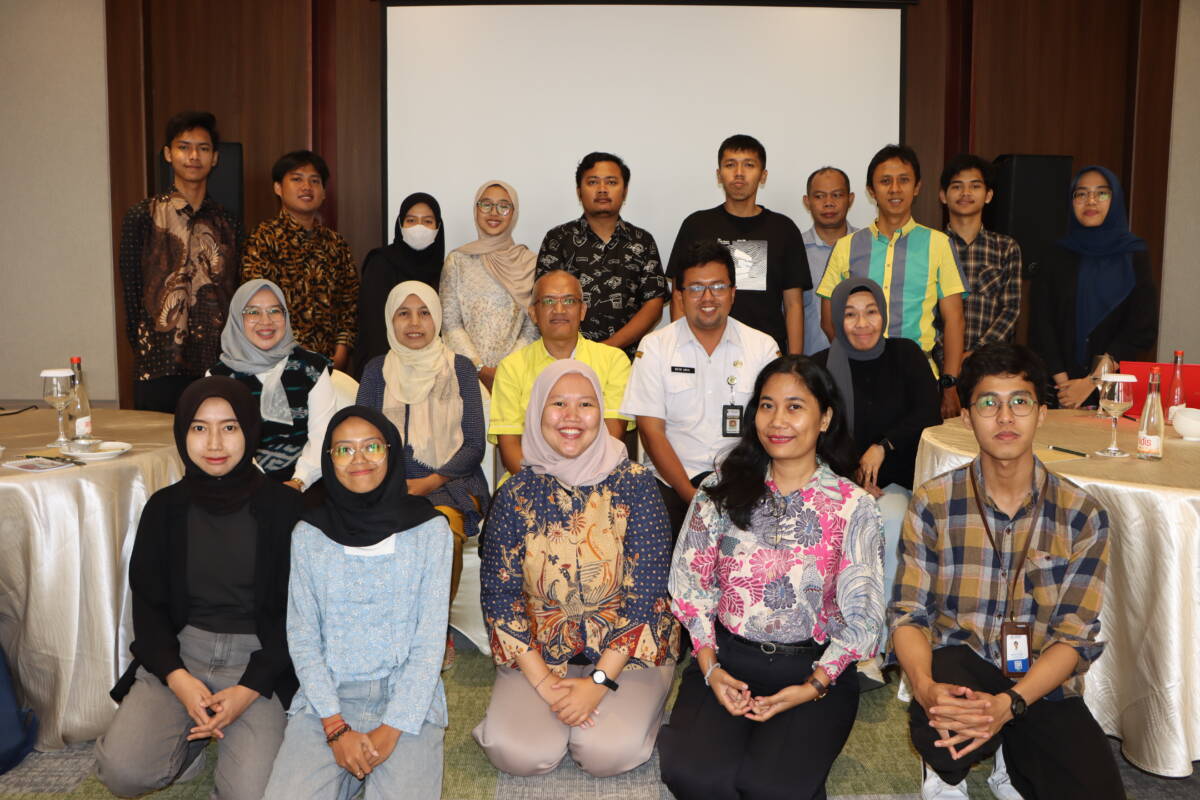Semarang, November 28, 2025 – Central Java is at a critical juncture in its journey toward future energy. Amidst the constantly growing need for electricity, the province holds a vast opportunity to become a center for renewable energy development in Indonesia.
Sodi Zakiy Muwafiq, a Geographic Information System (GIS) Analyst at the Institute for Essential Services Reform (IESR), stated that the potential for clean energy in Central Java is not only massive but also highly promising both economically and technically. An IESR study shows that there are 16 locations for solar, wind, and micro-hydro power plants in Central Java with a total capacity of 13.56 Gigawatt-peak (GWp) that are financially and technically viable for development.
“Great potential must be balanced with planning readiness. The results of this study show that several challenges need to be addressed so that clean energy development can proceed quickly and effectively. For instance, the development of renewable energy requires clear land allocation in the regional spatial plan so that there is no overlap with other sectors,” Sodi emphasized during a Media Dialogue with the Central Java Provincial Government on the Development of Renewable Energy and the 2025-2030 Renewable Energy Target, organized by IESR in Semarang on Wednesday (26/11).
Furthermore, Sodi also highlighted that the land procurement process remains a cause for slow project realization. Therefore, the optimization of the OSS (Online Single Submission) system and the enhancement of the digital database will help accelerate this process. In addition, the selection of the right location significantly influences the return on investment. The technical data from the IESR study serves as an important guide in determining priorities.
IESR has compiled a series of technical recommendations for projects to run according to industry standards. First, there needs to be an optimal combination of solar power plant (PLTS) components to improve system performance, and design and layout simulation using PVSyst or Helioscope. Second, for wind power plants (PLTB), carrying out optimal location determination (micrositing), wind resource assessment, and turbine performance simulation, as well as the placement of met-mast measuring equipment for wind measurement campaigns. Third, hydrological data collection for at least one year for micro-hydro power plants (PLTM).
Meanwhile, Muhammad Rifqi, Technical Reviewer for the New and Renewable Energy (EBT) Sector Policy at the Central Java Provincial Energy and Mineral Resources (ESDM) Agency, stated that his agency continues to strengthen its commitment to expanding the utilization of renewable energy as part of the Governor’s development priority for the 2026–2030 period. This effort is aimed not only at maintaining energy security but also at promoting regional self-reliance through innovation and cross-sector collaboration.
“One important step being worked on is the development of Energy Self-Sufficient Villages (Desa Mandiri Energi), where village communities are empowered to utilize renewable energy sources around them. This ranges from processing biogas from animal manure and communal waste, building PLTS for tourism areas and SMEs (Small and Medium Enterprises), to utilizing solar-powered water pumps for irrigation. All these programs are encouraged so that the community can reduce dependence on fossil fuels,” said Rifqi.
According to Rifqi, at the regional level, Central Java is also strengthening the Regional Energy Forum as a platform for cross-stakeholder coordination. This forum involves local government, universities, State-Owned Enterprises (BUMN), Regionally-Owned Enterprises (BUMD), private sector, communities, media, and energy experts to formulate strategies and policy recommendations.
“The presence of the media in this forum holds a strategic role, not just as information deliverers, but also as an educational actor that helps shape public understanding of the energy transition. Through this forum, various parties can align programs, share roles, and accelerate the realization of renewable energy development in the Central Java region,” Rifqi stated.
Not only that, Rifqi mentioned that a community-based approach is also developing through the Eco Pesantren program. In various Islamic boarding schools (pondok pesantren), renewable energy facilities such as PLTS and biogas installations are being integrated to support daily operations.
“Universities and external parties are also involved in the mentoring process, socialization, and workforce training focused on the renewable energy sector. This effort makes pesantren not only centers for religious education but also clean energy learning centers that can serve as an example for the wider community,” Rifqi elaborated.
Rifqi asserted that in addition to renewable energy source development, energy conservation programs are a crucial part of reducing waste and increasing efficiency. The government conducts energy audits in government buildings and schools, grants awards to participants of the Energy Saving Movement at the district/city level, industries, and high schools (SMA/SMK), while also encouraging the implementation of energy management and the preparation of SOPs for conservation activities.

